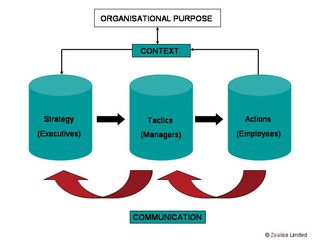Are we becoming obsessed?
Do we risk setting ourselves up for failure?
Employee Engagement has become a very popular topic amongst HR professionals. If it doesn't dominate attention, it certainly occupies a considerable proportion of the discussion and debate. Yet many of the business people I encounter look blank when they hear the term. It doesn't impress them and they don't know what it means, why it affects them and why they should be concerned about it. They seem to think it is just more HR fluff. Have you found the same thing?
If you have, perhaps it is something to be grateful for, because it stops to make you think. It reduces the risk of its becoming just a rallying cry as HR endeavours to make itself more relevant.
The danger is that employee engagement risks becoming jargon, and jargon can separate just as easily as it can unite. Especially when – as employee engagement is – it is such a wide-ranging term that can mean so many different things to so many people.
That is why I was so glad to see the constructive contribution that ACAS, the UK employment relations service (often used to mediate in disputes between management and unions or workers) has made to the field. They have recently published a new guide entitled, "The People Factor." (You can download a copy here.) I love the title, because it is basic and simple. It reminds us that ultimately we are all on the same side and that it is all about optimising the human contribution.
I have adapted one of the diagrams from the report to emphasise this even more effectively. You see, for me it is all about a common purpose; the more that people in the organisation can see, share and commit to the organisational purpose, the more effective they will be as individuals and the more effective the organisation will be. It is a win-win, but one that you can only achieve by recognising the importance of people and the fact that they are human assets because each and every one has a contribution to make.
It is common sense really! So why do we need to make it so complicated?

